Search Results
Search
Filter results
Advanced Filters
Your search returned 883 Solutions
-
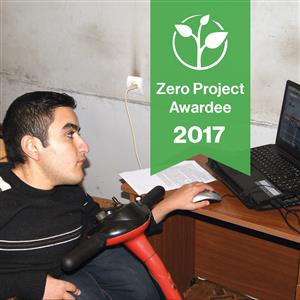
Government supporting community-led micro-enterprises
AREDP supports village inhabitants to create village-based micro-enterprises and to facilitate their access to finance as well as technical and marketing service. During the period 2010–2016, 143 enterprises have been established, creating 143 direct employment opportunities and 456 indirect ones.
Afghan Ministry of Rural Rehabilitation and Development, Afghanistan Rural Enterprise Development Programme (AREDP), Afghanistan -
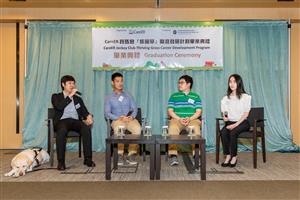
Career development and job matching support for graduates with disabilities
CareER was founded by people with disabilities in 2004 to bridge the gap between educated university graduates with disabilities and the labour market. The online platform offers peer support and assistance in career development. In 2020, CareER has almost 600 registered members.
CareER Association, CareER Programmes, China - Hong Kong -
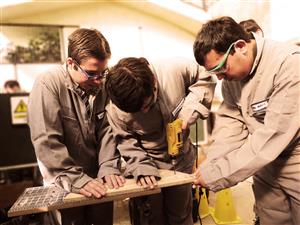
A certification scheme creates jobs for people with intellectual disabilities
Descúbreme Foundation developed a pilot project to certify the education of students with intellectual disabilities with the appropriate authority. Ten students were selected, eight of them passed the exam and found a regular job. Project staff provided support during the first six months of to ensure a smooth transition.
Fundación Descúbreme, Providing certification for secondary education and vocational training, Chile -
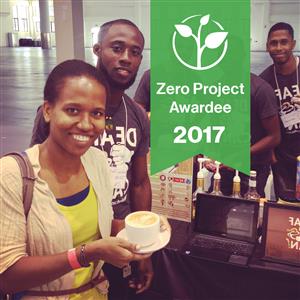
Training professional baristas in the Caribbean
Deaf Can! Coffee is a social enterprise founded in 2015 that engages deaf young people and equips them with the knowledge and confidence to operate a sustainable coffee venture. Once the candidates complete training, they are employed in the café, but also work upon request for mobile coffee stations.
Deaf Can! Coffee, Jamaica -
The digital inclusion kit transforms conventional digital classrooms (existing and new) located in educational institutions (schools, telecentres, etc.) into technologically accessible spaces. In addition to providing accessible technologies, teachers and other staff are trained in the pedagogical strategies based on ICT.
The kit facilitates the inclusion of persons with disabilities by offering them solutions for gaining access to the digital centres in schools, universities, libraries and telecentres. In 2013 more than 100 centres (schools, libraries, telecentres) had received the kit and more than 4,000 people were trained.
Disability Corporation Colombia Tecnoayudas, Digital inclusion kit for persons with disabilities, Colombia -
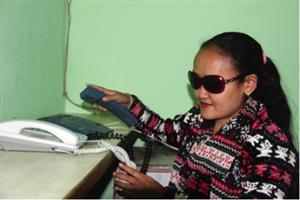
Persuading employers that inclusive employment can support their business case
DRPI AWARE is a joint project between York University and disability organisations that work with employers to recognise the skills of disabled workers rather than focusing on their disabilities and limitations. Between 2013 and 2016, DRPI AWARE has successfully placed 163 people in employment in the open labour market.
York University Canada, Disability Rights Promotion International - Asian Workplace approach that respects equality (DRPI AWARE), India -
Intro vzw makes all kinds of events accessible to persons with disabilities. It offers solutions to practical problems and provides services for event organisers and for persons with disabilities who attend the events.
Intro vzw makes shows, sports events, fairs, training courses, conferences etc. accessible to persons with disabilities. Intro vzw offers solutions to practical problems and provides services for event organisers and for the persons with disabilities who attend the events. These can be translation tools, interpreters, ramps or technical equipment.
Group INTRO vzw, Enabling access to various events, Belgium -
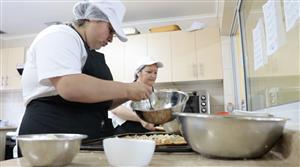
National state-run training and job-placement programme for people with disabilities
The Format for Work, Disability Line programme offers people with disabilities theoretical and practical vocational training and then placement in dependent employment. The programme was launched in 2014. Between 2015 and by 2020 there were a total of 9,929 users, of whom 7,995 completed their training.
SCENE Chile - National Training and Employment Service, Training for Work, Chile -
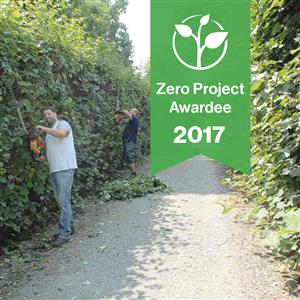
Full-time, unlimited jobs in facility management
Chance B is an NGO and social service provider operating in rural areas of Styria, one of the nine Austrian states. Among its services, the organization offers employment and housing support. Through its Hausmasters programme, it provides full-time employment for approximately 60 people with disabilities.
Chance B Holding GmbH, Hausmasters Dienstleistungs GmbH/, Austria -
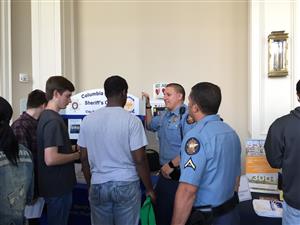
Providing a variety of career services for high school students with disabilities
Georgia's HSHT programme offers high school students (aged 16 to 21) with disabilities comprehensive, community-based exposure to academic and career services such as Mentoring , industry tours , work internships , college fairs , family engagement. In 2015, students had a graduation rate of 88 per cent.
Georgia Committee for the Employment of Persons with Disabilities, Inc., Georgia’s High School/High Tech (HSHT) programme, United States of America
- Page 1
- Page 2
- Page 3
- Page 4
- Page 5
- Page 6
- Page 7
- Page 8
- Page 9
- Page 10
- Page 11
- Page 12
- Page 13
- Page 14
- Page 15
- Page 16
- Page 17
- Page 18
- Page 19
- Page 20
- Page 21
- Page 22
- Page 23
- Page 24
- Page 25
- Page 26
- Page 27
- Page 28
- Page 29
- Page 30
- Page 31
- Page 32
- Page 33
- Page 34
- Page 35
- Page 36
- Page 37
- Page 38
- Page 39
- Page 40
- Page 41
- Page 42
- Page 43
- Page 44
- Page 45
- Page 46
- Page 47
- Page 48
- Page 49
- Page 50
- Page 51
- Page 52
- Page 53
- Page 54
- Page 55
- Page 56
- Page 57
- Page 58
- Page 59
- Page 60
- Page 61
- Page 62
- Page 63
- Page 64
- Page 65
- Page 66
- Page 67
- Page 68
- Page 69
- Page 70
- Page 71
- Page 72
- Page 73
- Page 74
- Page 75
- Page 76
- Page 77
- Page 78
- Page 79
- Page 80
- Page 81
- Page 82
- Page 83
- Page 84
- Page 85
- Page 86
- Page 87
- Page 88
- Page 89